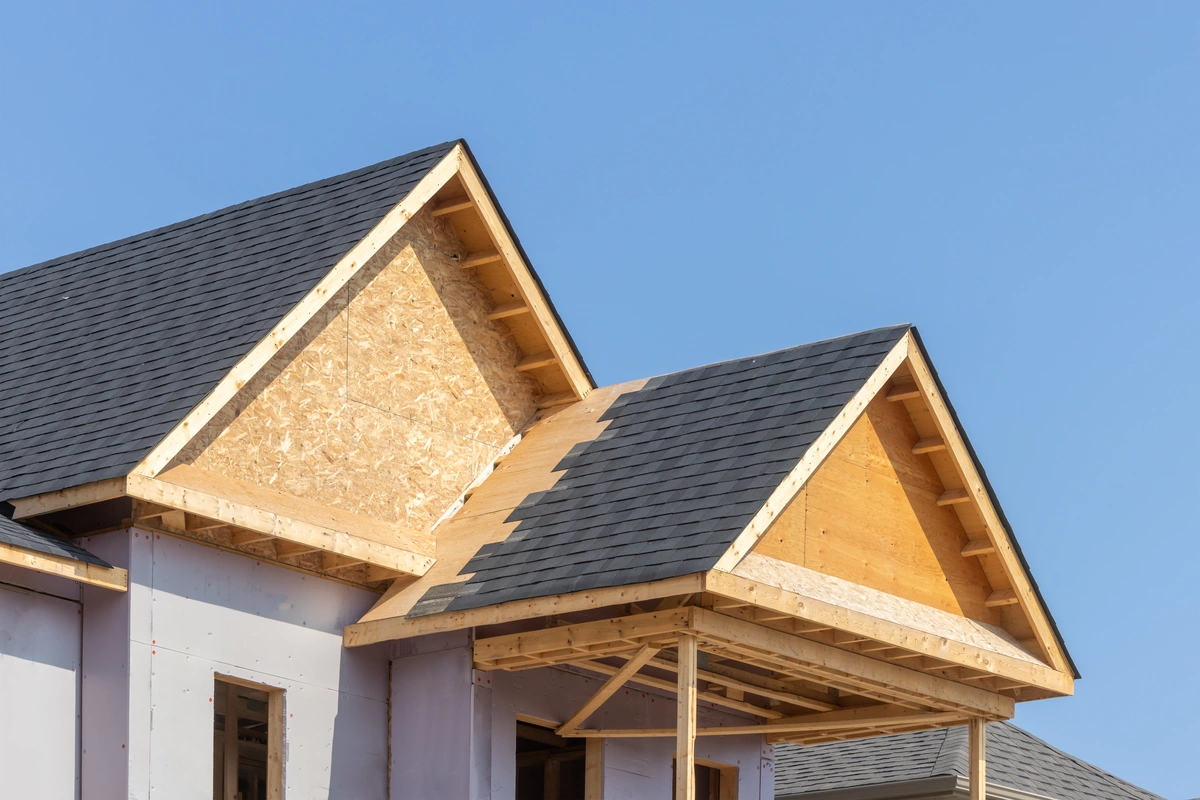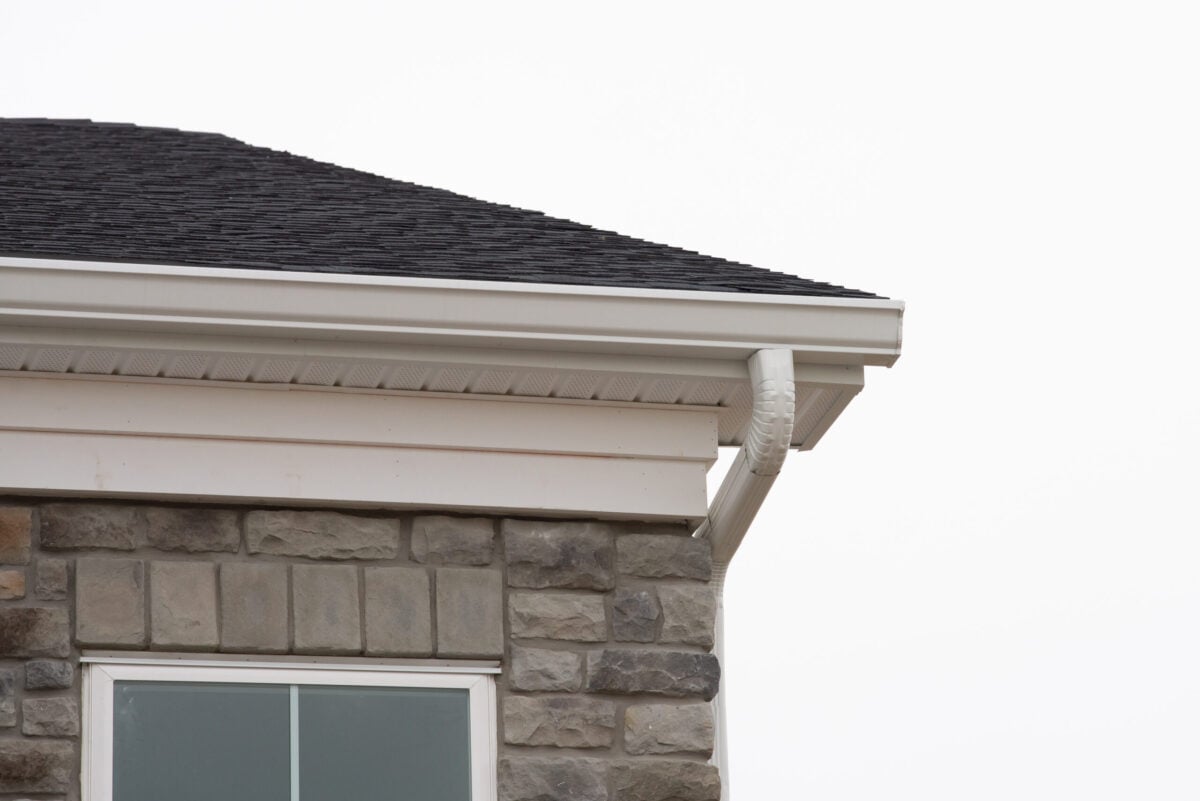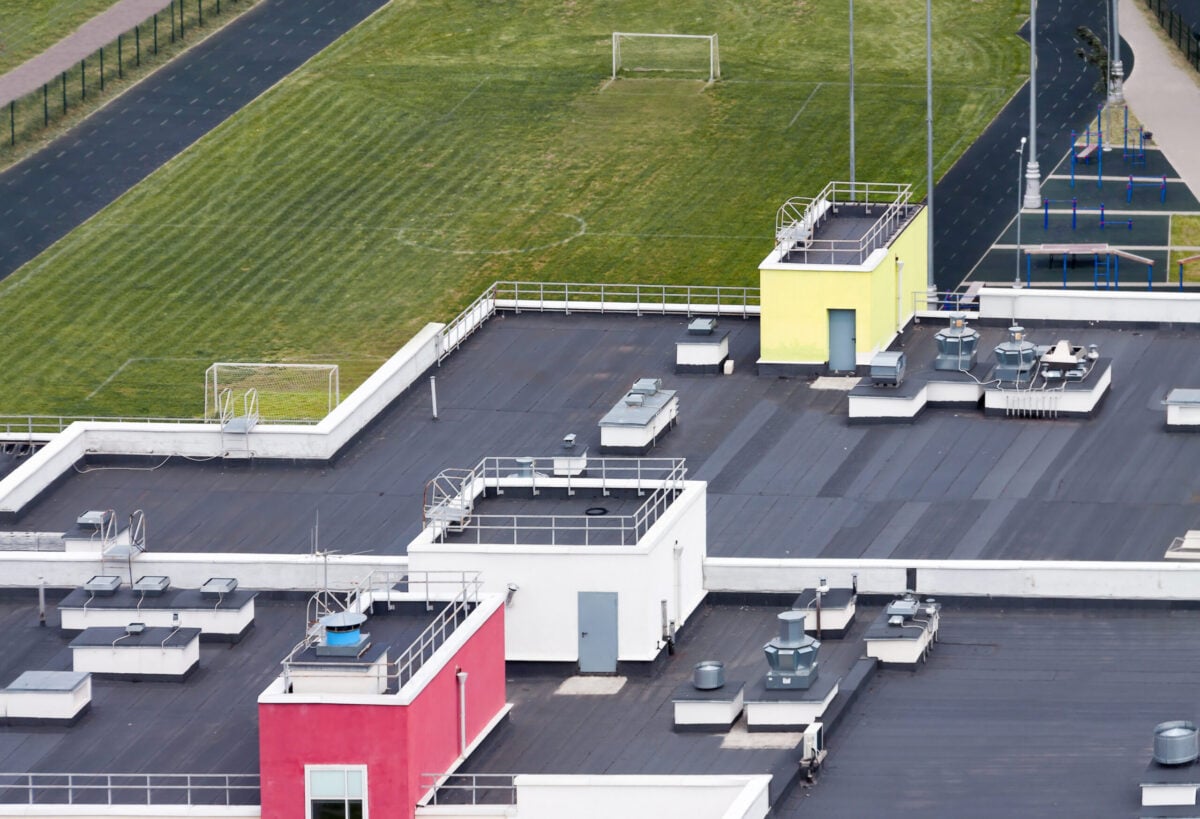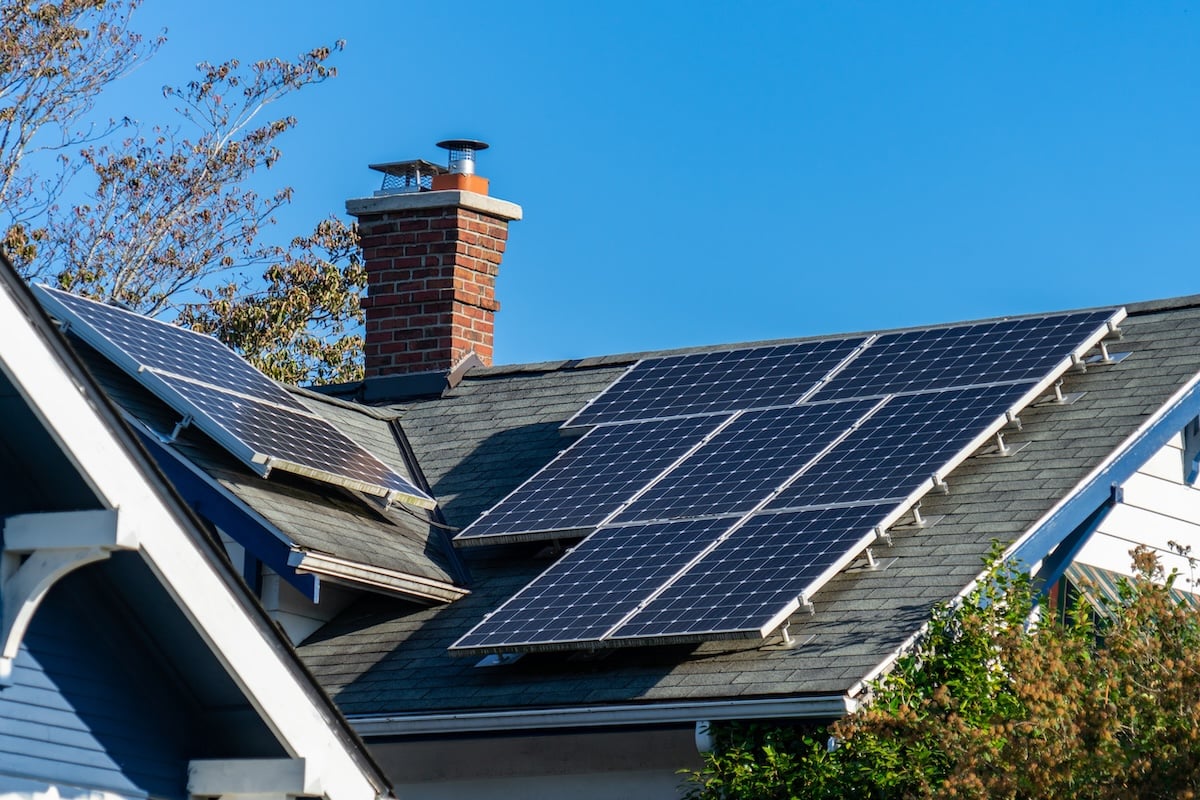
What Is Roof Sheathing? (Everything You Need To Know)
When most homeowners think about roofing, they focus on the visible elements like shingles, tiles, or metal panels. But beneath those protective layers lies a crucial component that forms the backbone of your entire roofing system: roof sheathing. This essential structural element plays a vital role in protecting your home from the elements and ensuring your roof’s long-term durability.
Roof sheathing might not be the most glamorous part of your roof, but understanding its importance can help you make informed decisions about your home’s protection. Whether you’re planning a roof replacement, dealing with repairs, or simply want to better understand your home’s construction, this comprehensive guide will walk you through everything you need to know about roof sheathing.
In this article, we’ll explore:
- What roof sheathing is and its primary functions
- Key benefits of proper roof sheathing installation
- Maintenance tips to extend your sheathing’s lifespan
🤔 What Is Roof Sheathing?

Roof sheathing, also known as roof decking, is the layer of material that covers your roof’s structural frame (the rafters or trusses). Think of it as the foundation that everything else builds upon. This flat surface provides a solid base for underlayment, weather barriers, and your home’s final roofing material.
The sheathing creates a continuous surface across your roof structure, bridging the gaps between rafters and providing essential support for the weight of roofing materials, snow loads, and wind forces. Without proper sheathing, your roof would lack the structural integrity needed to protect your home effectively.
Most roof sheathing is made from wood-based products, though other materials are available depending on your specific needs and local building codes. The sheathing typically ranges from 7/16 inch to 3/4 inch in thickness, with the exact specification determined by factors like rafter spacing, local weather conditions, and building requirements.
Types of Roof Sheathing Materials
- Oriented Strand Board (OSB): A cost-effective, engineered wood product made from wood strands bonded with adhesives. OSB offers consistent strength, good moisture resistance when sealed, and is commonly used in residential roofs.
- Plywood: Known for its durability and superior moisture resistance, plywood is made from thin wood veneers with alternating grain directions. It’s more expensive than OSB but ideal for areas with high moisture or extreme weather.
- Tongue and Groove Planks: Solid wood boards that interlock for a continuous surface. While less common, they are still used in traditional construction or where required by building codes.
✅ 5 Benefits of Proper Roof Sheathing

Proper roof sheathing provides a strong, stable foundation for your roof, ensuring it can withstand weather and structural stress. It also improves insulation and energy efficiency, protecting your home and lowering utility costs.
1. Structural Support and Load Distribution
Roof sheathing plays a critical role in maintaining the structural integrity of your entire roofing system. It acts as a foundational layer that evenly distributes the weight of snow, ice, wind pressure, and roofing materials like shingles or tiles across the roof’s framework. Without proper sheathing, these loads could create concentrated stress points, leading to sagging, cracking, or even structural failure.
Additionally, roof sheathing ties the various components of your roof together, forming a cohesive and unified system. This structural integration is vital for resisting external forces, such as strong winds or heavy storms, which could otherwise lift or damage individual roof components. For homes in regions prone to hurricanes or severe weather, high-quality sheathing becomes even more critical. It ensures the roof can withstand these extreme conditions, protecting both the building and its occupants.
2. Weather Protection
Roof sheathing serves as the backbone of your roof’s defense system against the elements. Acting as a protective barrier, it prevents wind-driven rain, snow, hail, and debris from penetrating into your home’s interior. Even in the event of damage to outer roofing materials, such as shingles or tiles, properly installed sheathing provides an additional layer of protection. It can temporarily shield your home from leaks and water damage until repairs are made, minimizing potential harm to your belongings and structural components.
When combined with underlayment and weather-resistant roofing materials, roof sheathing creates a multi-layered defense system. This continuous surface ensures that your home remains dry, secure, and insulated against environmental factors. For homeowners in areas with frequent storms or heavy precipitation, the importance of robust roof sheathing cannot be overstated—it acts as the first and most reliable line of protection against weather infiltration.
3. Improved Energy Efficiency
Energy efficiency is a growing concern for many homeowners, and roof sheathing plays an essential role in reducing energy waste. Properly installed sheathing provides a flat, stable base for insulation and vapor barriers, eliminating gaps or inconsistencies that could lead to air leakage. By reducing drafts and minimizing thermal bridging, sheathing helps to maintain consistent indoor temperatures, leading to lower heating and cooling costs.
In addition, modern roofing systems often incorporate continuous insulation, which relies on the structural continuity of roof sheathing. This approach enhances your home’s overall thermal performance by creating a seamless barrier against heat loss in winter and heat gain in summer. For eco-conscious homeowners or anyone looking to reduce energy bills, investing in high-quality roof sheathing is a smart way to improve energy efficiency without compromising comfort.
4. Enhanced Fire Resistance
Fire safety is an essential consideration for any home, particularly in areas prone to wildfires or dense urban environments. Many modern roof sheathing materials come with fire-resistant properties that can slow the spread of flames, giving occupants more time to evacuate and emergency responders more time to contain the fire. This added layer of protection can make a significant difference in preventing widespread damage or total loss during a fire event.
In wildfire-prone areas, ember intrusion is a common cause of structural fires. Roof sheathing provides a solid, continuous surface that helps block embers from entering the attic or other vulnerable areas of the home. By choosing sheathing materials with proven fire-resistant qualities, homeowners can significantly enhance the safety of their properties and reduce the risks associated with fire hazards.
5. Increased Property Value
Investing in quality roof sheathing doesn’t just protect your home—it also adds measurable value. Properly installed sheathing is a hallmark of solid construction and attention to detail, factors that potential buyers and home inspectors look for when evaluating a property. A well-built roof with reliable sheathing can serve as a significant selling point, giving prospective buyers confidence in the durability and longevity of your home.
Moreover, quality sheathing contributes to the overall lifespan of your roofing system. By preventing issues like leaks, sagging, or structural failure, it reduces the likelihood of costly repairs or replacements, enhancing your home’s long-term marketability. Whether you’re planning to sell in the near future or simply want to maintain your property value, investing in high-quality roof sheathing is a smart decision that pays off over time.
🛠️ Maintenance and Longevity

Proper maintenance ensures your equipment stays efficient and reliable over time. It also extends the lifespan, saving you money on repairs and replacements.
Regular Inspections
Scheduling regular roof inspections is one of the most effective ways to keep your roof sheathing in good condition. Inspections allow you to identify potential issues early, such as cracks, warping, or water damage, before they escalate into bigger, more costly problems. Professional roofers have the tools and expertise to spot these early warning signs, even in areas that are difficult to see from the ground or inside your home. Additionally, regular inspections can help you plan for maintenance and repairs, extending the lifespan of your roof and preventing unexpected expenses down the line.
Prompt Repairs
When it comes to roofing issues, taking immediate action is key to protecting your roof sheathing. Ignoring minor problems, such as damaged or missing shingles, can lead to water infiltration, which can seep into the sheathing and weaken its structural integrity. Prompt repairs also include tasks such as cleaning out clogged gutters, which can cause water to back up onto the roof and replacing cracked flashing to prevent leaks. Maintaining proper ventilation is equally important, as it prevents moisture from building up and affecting the sheathing. By addressing these issues quickly, you can avoid costly repairs and prolong the durability of your roof.
Ventilation Maintenance
Proper attic ventilation plays a critical role in protecting your roof sheathing from damage caused by moisture. Without adequate airflow, warm air can get trapped in the attic, leading to condensation that weakens the sheathing over time. This can result in rot, mold growth, and other serious issues. To maintain proper ventilation, ensure that all vents, including ridge vents and soffit vents, are functioning properly and free of debris or insulation that could block airflow. Regularly check for signs of poor ventilation, such as excess heat in the attic or damp insulation, and address any issues immediately. A well-ventilated attic helps regulate temperature and moisture levels, keeping your roof sheathing strong and durable for years to come.
🏠 Trust ROOF TIGER for Your Sheathing Needs
At ROOF TIGER, we know that quality roof sheathing is the backbone of a strong, durable roofing system. Our team’s expertise, use of premium materials, and commitment to excellence ensure every roofing project is done right, giving you peace of mind for years to come.
Whether you need a thorough inspection, maintenance, or a complete roof replacement, ROOF TIGER is the trusted partner you can rely on to protect your home. Ready to get started? Contact us today for a free consultation and let us help you build a roof you can count on!!






